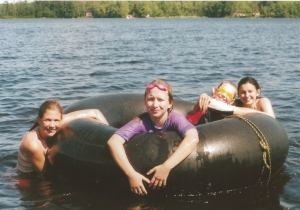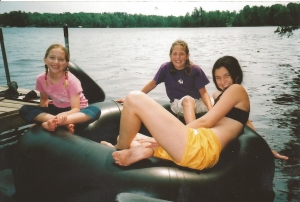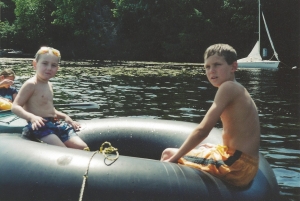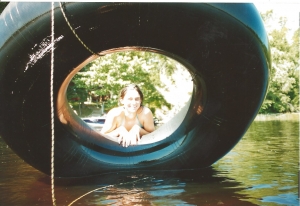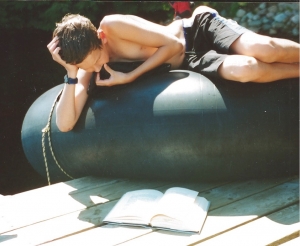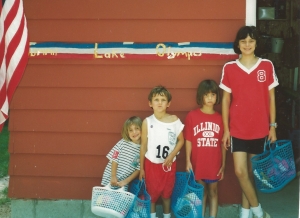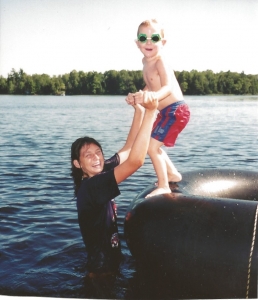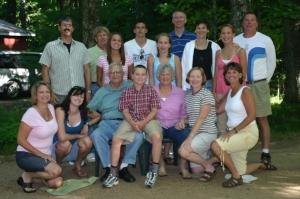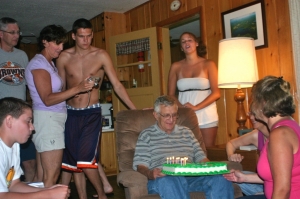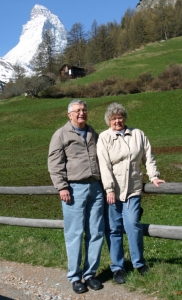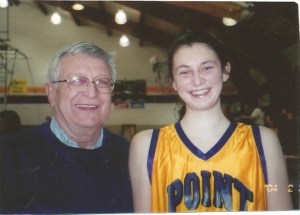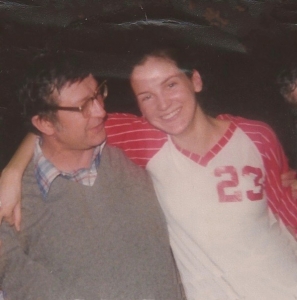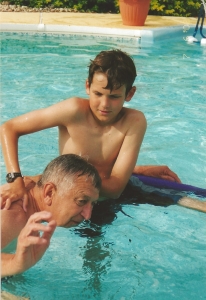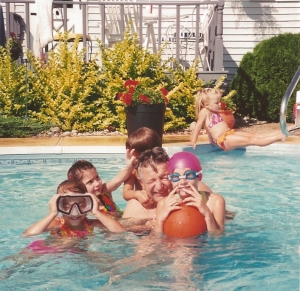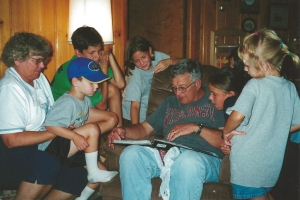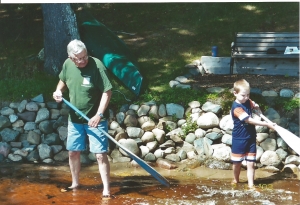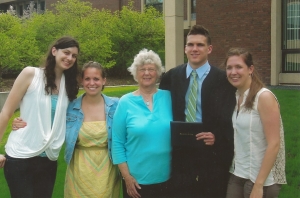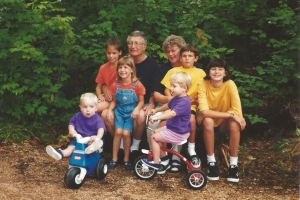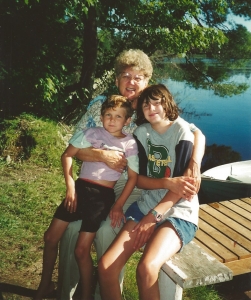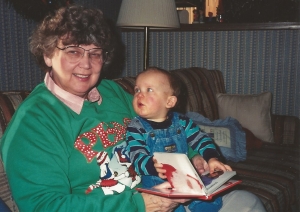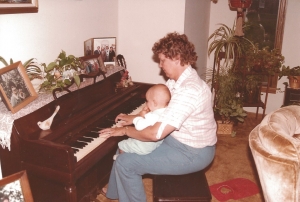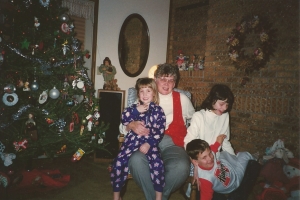 My dad loved to drive and ever the teacher, his road trips offered us a remarkable education. In a time when most American families rarely crossed the state line, Dad drove us cross country to see the sites and to visit cousins. The best schooling I received was from the smudged windows of our 1962 Rambler when we left our Midwestern flatlands for trips across the Wild West and sun-baked south as we crisscrossed America’s endless blue highways.
My dad loved to drive and ever the teacher, his road trips offered us a remarkable education. In a time when most American families rarely crossed the state line, Dad drove us cross country to see the sites and to visit cousins. The best schooling I received was from the smudged windows of our 1962 Rambler when we left our Midwestern flatlands for trips across the Wild West and sun-baked south as we crisscrossed America’s endless blue highways.
Dad instilled the wanderlust in each of us and though I missed the significance of Mt. Rushmore and Cape Canaveral, I understood more about my country than the textbooks divulged. Our trip to the racially divided Deep South left a far greater lasting impression than Disneyland or the Hollywood Studios.
Dad gave us rides to school and shuttled carloads of giggling girls to the pool, the gym, the dance. He drove me to track meets, basketball games, and gymnastic lessons. Later when my athletic body was crippled from injury and accidents, he drove me to doctors and chiropractors while I rested my aching back riding flat « in my crib » the back seat of the van.
For a time Dad taught Sterling High School freshman rules of Illinois’ roadway in behind the wheel driver’s ed. classes. But his children and grandchildren learned how to drive on the back roads of Wisconsin. He showed us how to parallel park, check that rear view mirror and drive defensively. Always.
Dad, a good driver, never received a citation. He was only stopped once when he swerved in traffic distracted by his darn back seat drivers shouting, « Stop, Dad- there’s a 7 Eleven. Slurpees! »
His only accident involved hitting a deer, which cheeseheads proclaim is a prerequisite for flatlanders to earn honorary Wisconsinite status. Oh yeah, and he once sideswiped a cow crossing the road. Cars have the right away, so the cow got the ticket and the farmer apologized.
Dad drove his aging father across country to visit relatives in Oklahoma, to the cabin summer holidays and back and forth forth from Eureka to Sterling so he could share Thanksgiving and Christmas with family. He loyally drove beloved Coach Mac to every Northern Illinois University baseball reunion and to see his granddaughter’s  basketball games at Illinois State University.
basketball games at Illinois State University.
When my dad failed his eye test just before his 86th birthday, his peripheral vision compromised, he returned to the parking lot, gave his daughter the thumbs down, handed over the keys and took his new place riding shotgun.
He did not grumble, complain, become cantankerous, argue with his children, or yell at the optometrist. Instead with a heavy heart, he hung up his keys.
In doing so, he showed us how to age with dignity.
This summer together we poured over the maps of Illinois, Wisconsin, Minnesota, Arizona, Oklahoma, Florida, Tennessee and every other state he once visited. In a shaky hand, he traced lines across France, Germany, Switzerland, and Norway – all the places he once traveled. We reminisced about trips he took, roads he drove, and people he met.
Now it’s my turn to take the wheeI. Though I can’t read maps and confuse left and right, with Dad riding shotgun I will never get lost.
Happy Birthday Dad…it has been a heck of a ride.




